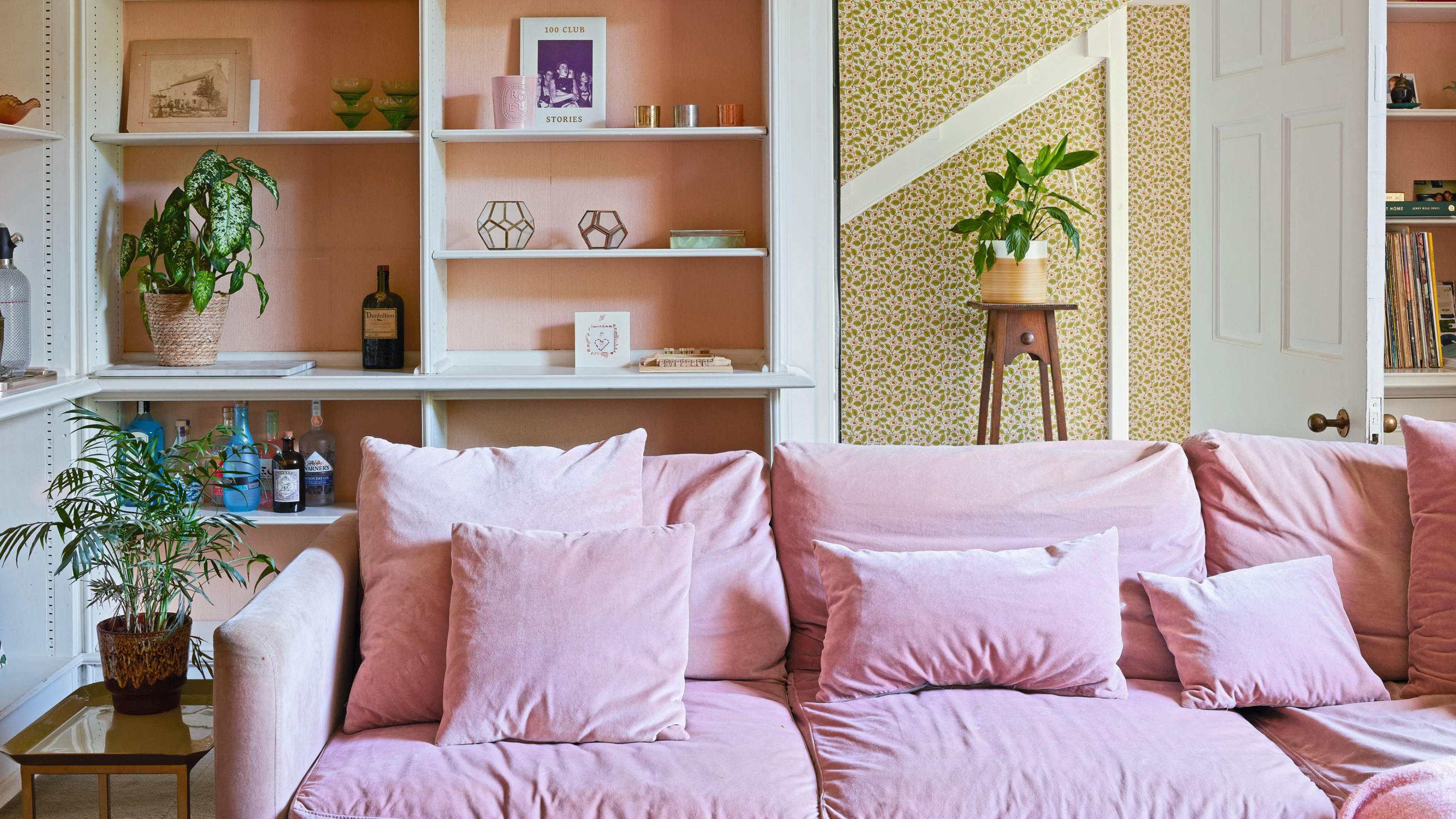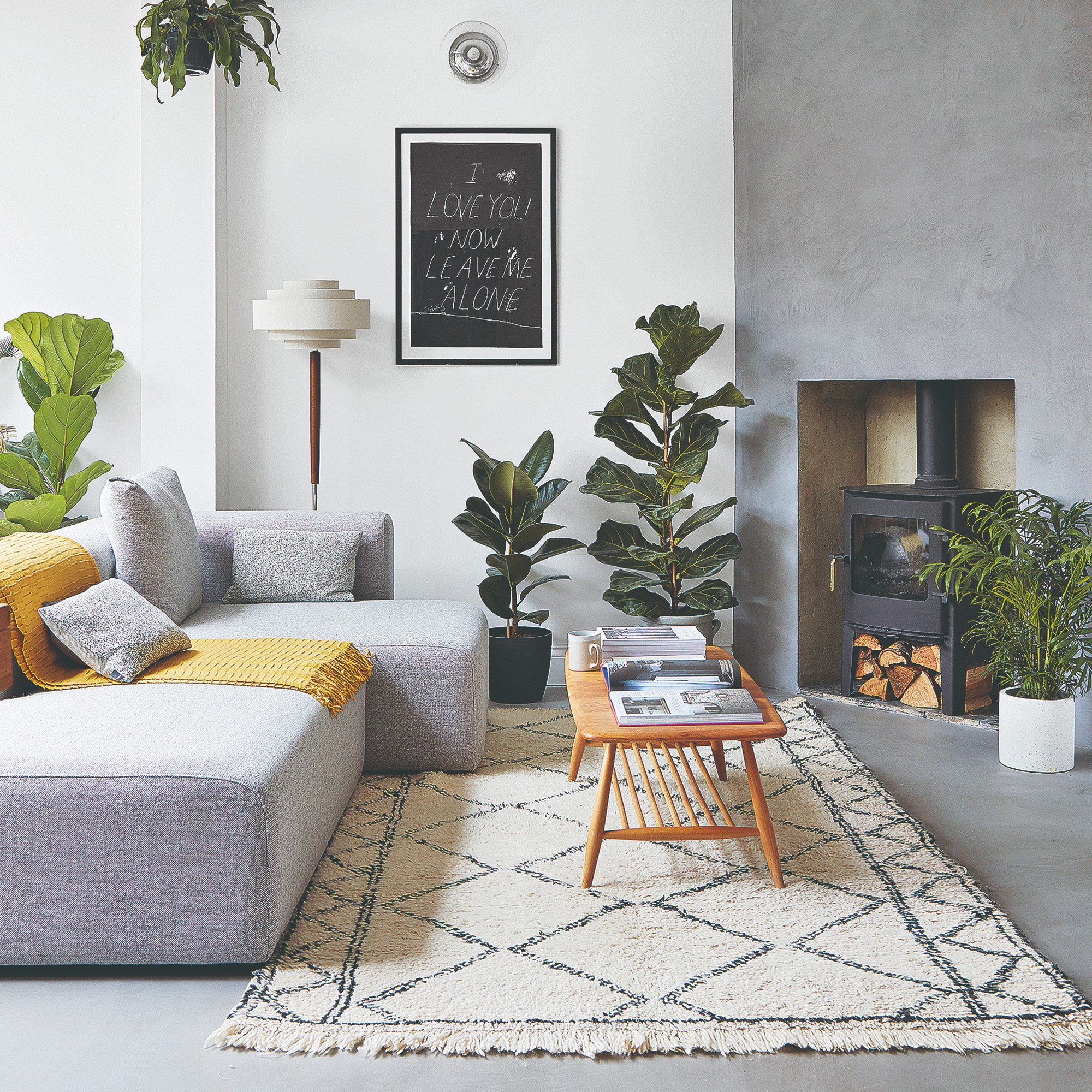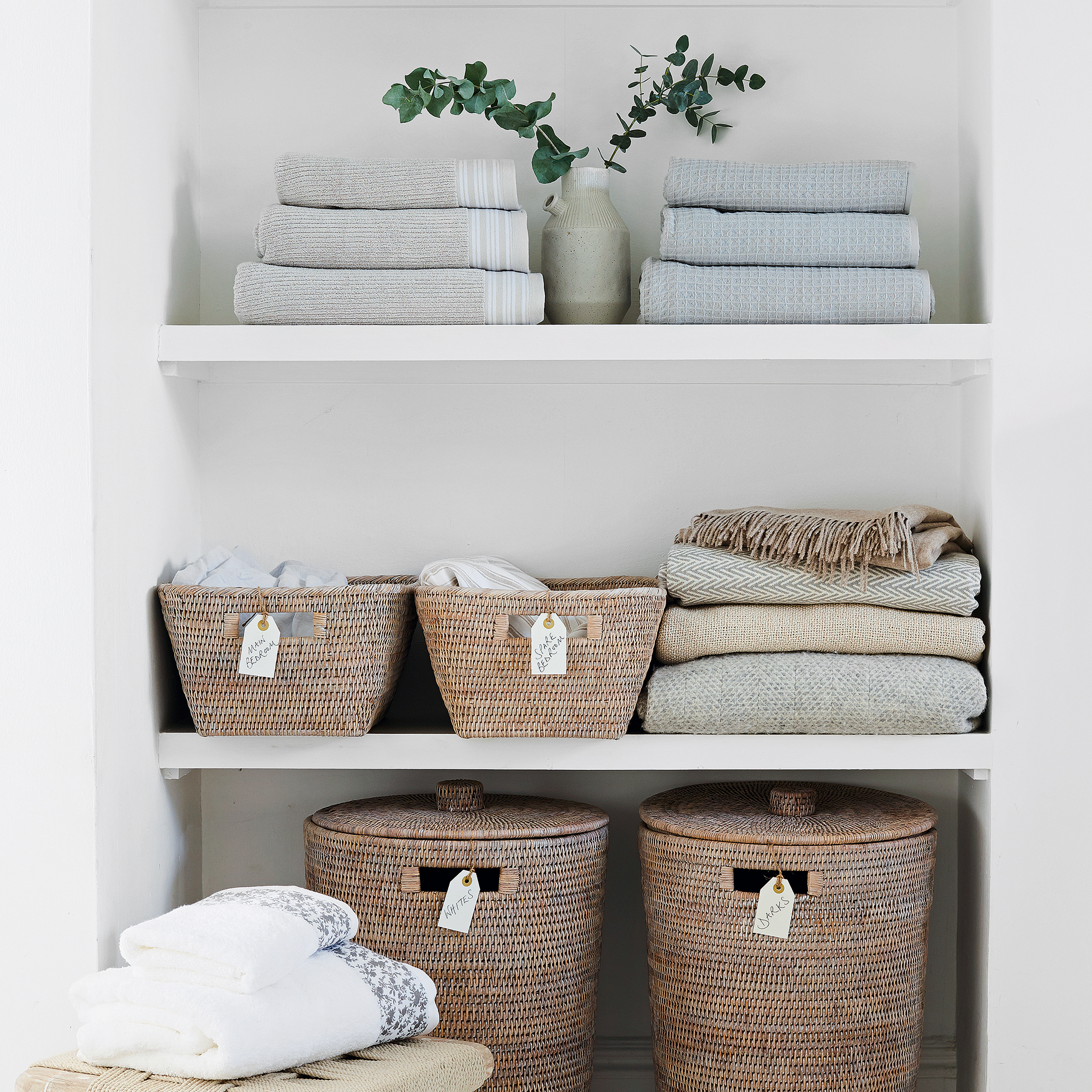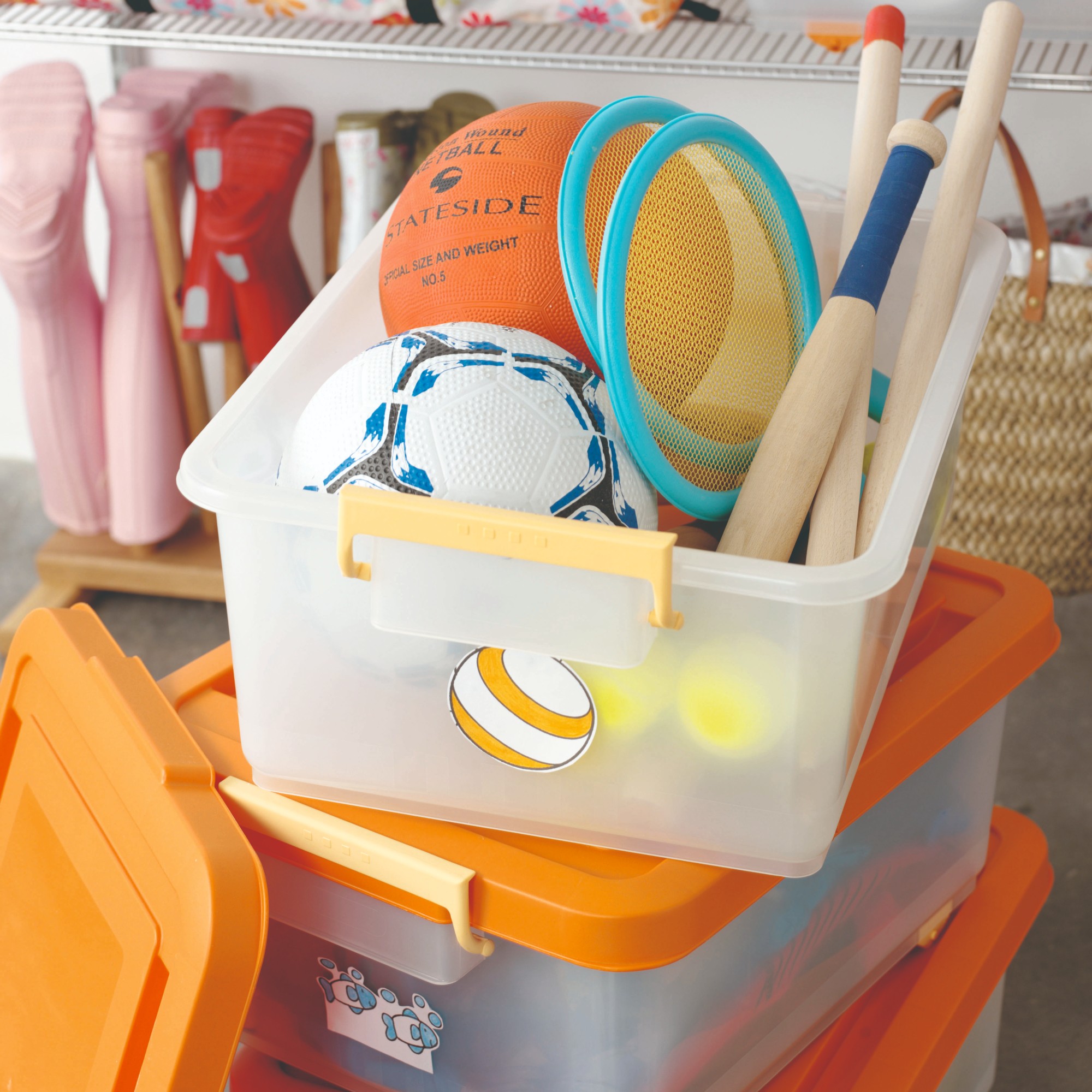Could the 'one-a-day' decluttering challenge finally help to rid your home of excess stuff?
It can be a great option for those who get overwhelmed by the task of decluttering – but there are some drawbacks…


Decluttering our homes can be a seriously overwhelming task, especially for those of us who have accumulated mountains of ‘stuff’ that we just don’t know what to do with (though a decluttering checklist can help!)
Not only that, but the process of decluttering can also be emotional. Getting rid of items we’ve had in our homes for years – whether they are sentimental or not – can bring up a lot of feelings, so much so that it can feel easier to abandon the entire process altogether for something less confronting.
But that’s why finding little ways to make decluttering more achievable is essential for people who find it overwhelming – because, let's face it, the benefits of a clean, clear and organised home can hardly be disputed.
One of the ways to break decluttering down into more manageable chunks is the ‘one-a-day’ method – which really is as simple as it sounds. But is it an effective option?
What is the ‘one-a-day’ decluttering method – and does it work?
Many decluttering and organisation experts have talked about the ‘one-a-day’ decluttering method over the years – which simply refers to the idea that you ‘declutter’, or remove, one item from your home every day, making the process slow yet completely manageable.
The idea is that, before you know it, you’ll have removed 20 or 30 items from your home without becoming overwhelmed by the task.
Some declutterers prefer to adopt the ‘one-bag-a-day’ method, which is a similar idea, but involves (as you may have guessed) filling up one bag with clutter per day and donating or recycling it, rather than just one item a day.
Get the Ideal Home Newsletter
Sign up to our newsletter for style and decor inspiration, house makeovers, project advice and more.
But there’s every chance that this might feel just as overwhelming as normal decluttering; so the one item a day is usually a great way to break the process down into seriously simple steps. But is it something that the experts would necessarily advise?
Mark Godman, owner of Gentleman & A Van, a moving company which also offers pre-move decluttering services, explains that there are benefits to the method for those who find decluttering tough.

'Removing only one item per day can definitely be less intimidating and more sustainable for those who struggle with traditional decluttering methods that are more time consuming,' he says. 'It's also unlikely to disrupt daily routines or create a chaotic home during the process.'
In fact, Mark also explains that the repetitive act of disposing of one item a day – whether you're decluttering a wardrobe or decluttering the under-the-stairs cupboard – can be a great way to become more comfortable with decluttering generally. 'By making decluttering your daily habit, this helps you become more decisive towards possessions and over time creates a more organised lifestyle. It encourages consistent work on decluttering, without you feeling overwhelmed by taking on too much all at once,' Mark says.
However, some suggest that the method might actually be a little too slow for those with lots of clutter, and may not produce satisfying results for those hoping for a more significant transformation.

Helen Sanderson, a decluttering expert, psychotherapist and interior designer agrees that there are certainly benefits to this method, but that it won't be the right choice for everyone.
'If you are really stuck, and find it impossible to commit time to a thorough and intensive clutter shift, then removing one item a day might help you get started and address the overwhelm,' she says.
'But if you have a serious clutter problem, doing one item a day can simply be a way of further avoiding addressing the task and tricking yourself into thinking you are tackling the issue, when you really aren’t.'
Why it might not work for homes with lots of clutter
Helen stresses that progress can be a little too gradual with this method, explaining that it simply won't produce the result for those who need to work through disposing of lots of stuff.
'While one-a-day sounds like a good idea - and appeals, as it seems less work – just decluttering one item a day rarely helps. Doing it in small bites takes a lot longer overall.
'It is perhaps better than just doing nothing, but only marginally. Imagine taking the same approach to a huge pile of washing up after a party: would rinsing one glass a day get you very far?'

Mark agrees that for those with lots of items to declutter, this method may not keep you motivated to transform your home.
'Sustained motivation over an extended period can be difficult with this method, especially if the results are not immediate. And, focusing on just one item per day may lead to overlooking areas of clutter that require more focussed attention,' he says.
Instead, for most people, Helen suggests using the 'one-a-day' method more as a way of maintaining your clutter-free home, after a more intensive decluttering session.
She says, 'the best way to use the one-a-day method is to build habits, and to maintain order after your clutter has gone and you have cleared your home. It rarely helps people who have lots of clutter that has accumulated over many years.'
So while this may not be the right decluttering method for people with piles of clutter to sort through, it could be the perfect way to stay on top of your home and to keep it clutter-free for good.

Amy Hunt is an experienced digital journalist and editor, now working in a freelance capacity specialising in homes and interiors, wellness, travel and careers. She was previously Lifestyle Editor at woman&home, overseeing the homes, books and features sections of the website. Having worked in the industry for over eight years, she has contributed to a range of publications including Ideal Home, Livingetc, T3,Goodto, Woman, Woman’s Own, and Red magazine.
-
 Will a conservatory add value to your home and how can you maximise it?
Will a conservatory add value to your home and how can you maximise it?This is what the pros say
By Amy Reeves
-
 I’ve been looking for a new signature scent for my home and The White Company's new fragrance is the exact summer holiday smell I needed
I’ve been looking for a new signature scent for my home and The White Company's new fragrance is the exact summer holiday smell I neededSantorini smells fresh, summery and sophisticated
By Kezia Reynolds
-
 How to remove algae from garden walls in five steps – and the cleaning product experts rave about for tackling it fast
How to remove algae from garden walls in five steps – and the cleaning product experts rave about for tackling it fastExperts share their top tips for getting garden walls algae-free
By Katie Sims